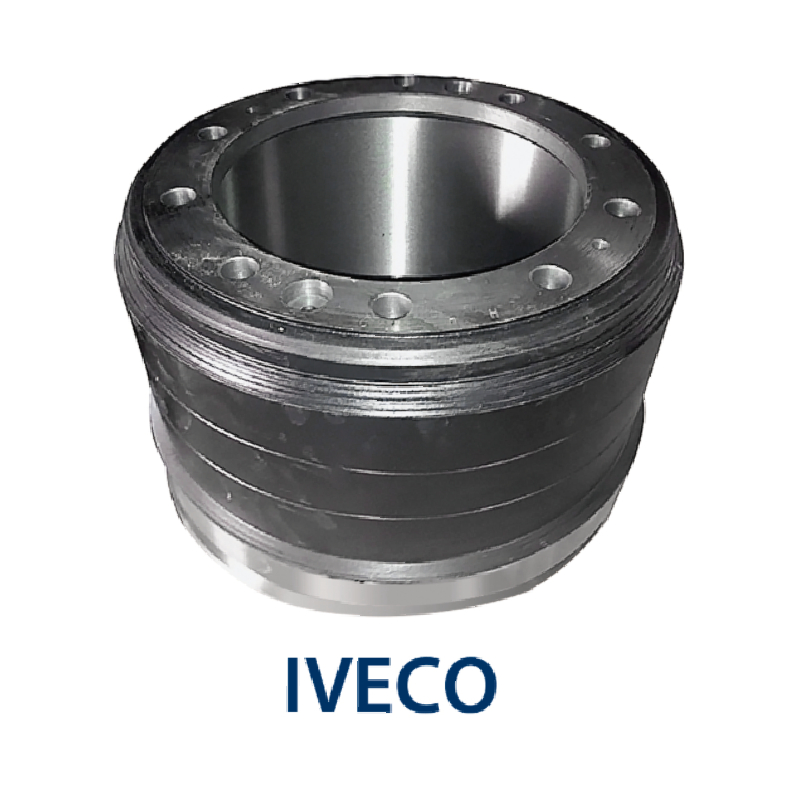Okt . 21, 2024 16:27 Back to list
Steps for Replacing Rear Brake Drum in Your Vehicle
Rear Brake Drum Replacement A Step-by-Step Guide
When it comes to vehicle maintenance, one of the most critical components that often requires attention is the braking system. Among the various parts of this system, the rear brake drums play an essential role in ensuring safe and smooth stopping. Over time, brake drums can wear out due to heat buildup and friction, necessitating replacement to maintain optimal braking performance. In this guide, we will discuss the importance of rear brake drum replacement, the signs indicating it’s time for a change, and a step-by-step approach to the replacement process.
Importance of Rear Brake Drums
Brake drums work in conjunction with the brake shoes to create friction and stop the vehicle when you apply the brakes. Unlike disc brakes, drum brakes utilize a round-shaped drum that rotates with the wheel, inside which brake shoes expand and press against the drum's inner surface. This system is commonly found on older vehicles and many trucks, as it provides effective braking under various conditions.
Maintaining the integrity of the rear brake drums is vital for a few reasons
1. Safety Worn or damaged brake drums can lead to decreased braking efficiency, increasing the risk of accidents. 2. Performance Optimal brake performance ensures timely stopping, which is crucial for overall driving safety. 3. Cost-effectiveness Timely replacement can prevent further damage to other braking components, ultimately saving you money.
Signs That You Need a Replacement
Several warning signs may indicate that it is time to replace your rear brake drums
- Squeaking or Grinding Noises This could signify worn brake shoes or damaged drums. - Vibration While Braking If you feel a vibration when applying the brakes, it might be due to warped brake drums. - Reduced Braking Efficiency If your vehicle takes longer to stop or feels less responsive, this could be a critical indicator. - Fluid Leaks Brake fluid leaks can also affect the braking system's overall performance.
Step-by-Step Replacement Process
If you notice any of the signs mentioned above, it may be time to replace your rear brake drums. Here’s a simplified guide on how to do it
Tools and Materials Needed - Jack and jack stands - Lug wrench - Brake drum puller - New brake drums - Brake cleaner - Wrenches (specific to your vehicle)
rear brake drum replacement

Steps
1. Safety First Park your vehicle on a flat surface, engage the parking brake, and wear safety goggles and gloves.
2. Lift the Vehicle Use a jack to lift the rear of your vehicle, then place jack stands underneath for support.
3. Remove the Wheel Use the lug wrench to remove the bolts holding the rear wheel in place and take the wheel off.
4. Inspect the Brake Components Before removing the brake drum, inspect the brake shoes, springs, and other components for wear or damage.
5. Remove the Brake Drum If the drum is stuck, gently tap it with a hammer or use a brake drum puller to remove it. Pay attention; this may take some force if rust is present.
6. Clean the Area Use brake cleaner to clean the spindle and other areas before installing new drums. This prevents dirt and debris from being trapped.
7. Install New Brake Drums Align the new brake drums with the hub, ensuring they fit snugly. Reattach any springs or components that may have been removed.
8. Reassemble Put the wheel back on, tightly secure the lug nuts, and lower the vehicle back to the ground.
9. Test the Brakes Before heading back to the road, press the brake pedal several times to ensure the brake shoes adjust properly to the new drums.
Conclusion
Replacing rear brake drums is a task that can be tackled by those with moderate mechanical skills. Regular maintenance of your braking system is vital not just for the longevity of your vehicle but also for your safety on the road. By recognizing the signs that indicate the need for replacement and following these steps, you can ensure your vehicle remains safe and reliable. If you're not comfortable doing the replacement yourself, consider consulting with a professional mechanic to get the job done correctly.
-
Brake Drum Man - High-Quality Drum Brake Drums & Brake Shoes for Reliable Performance
NewsJun.24,2025
-
High-Quality Brake Drum Kamaz – Durable Drum Brake Drum & Brake Shoe Replacement
NewsJun.10,2025
-
High-Quality Brake Drum Liza for Drum Brake Systems - Superior Durability and Performance
NewsJun.10,2025
-
High-Quality Brake Drum Kamaz – Durable Drum Brake Drum & Brake Shoe Solutions
NewsJun.10,2025
-
Durable Kamaz Brake Drums High-Performance Truck Parts
NewsJun.09,2025
-
Premium Brake Drum Maz Kit with Shoes Enhanced Braking
NewsJun.09,2025
